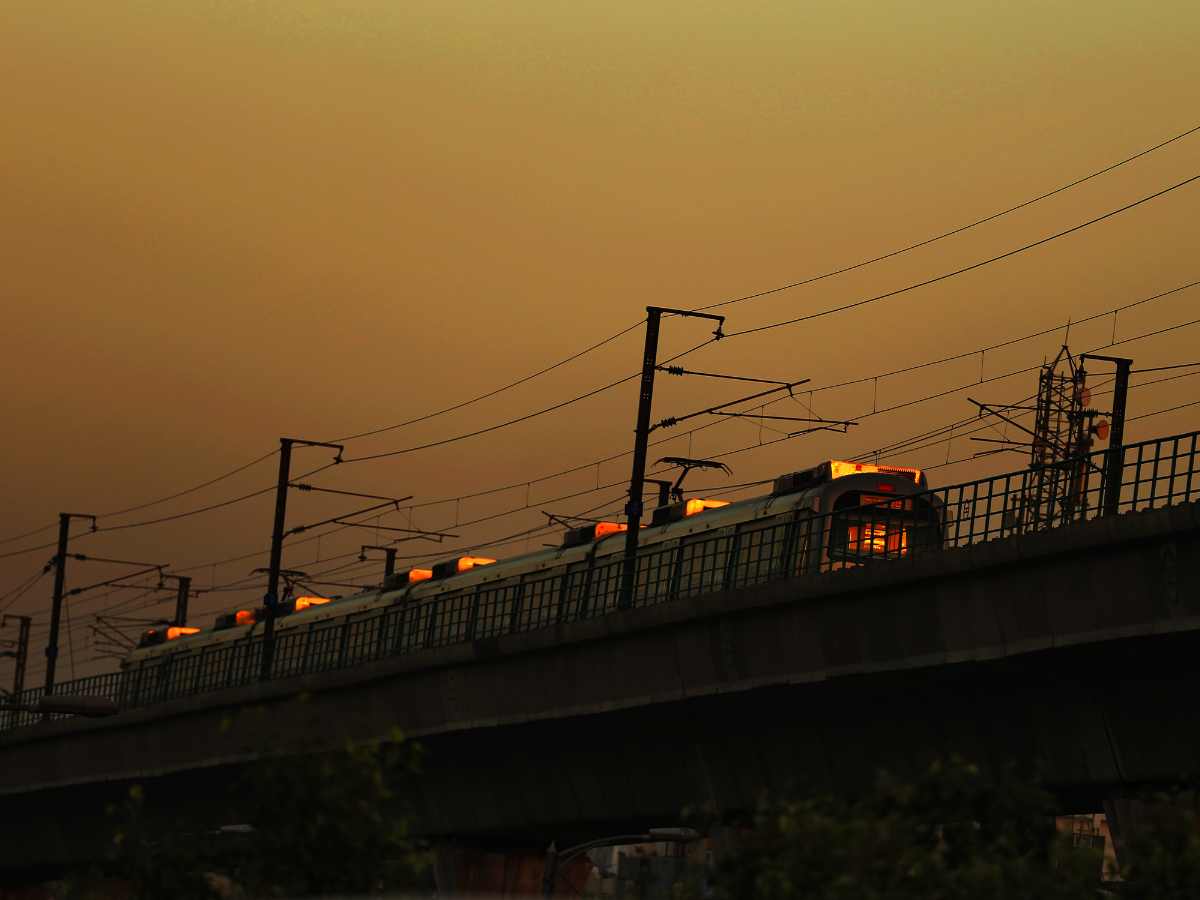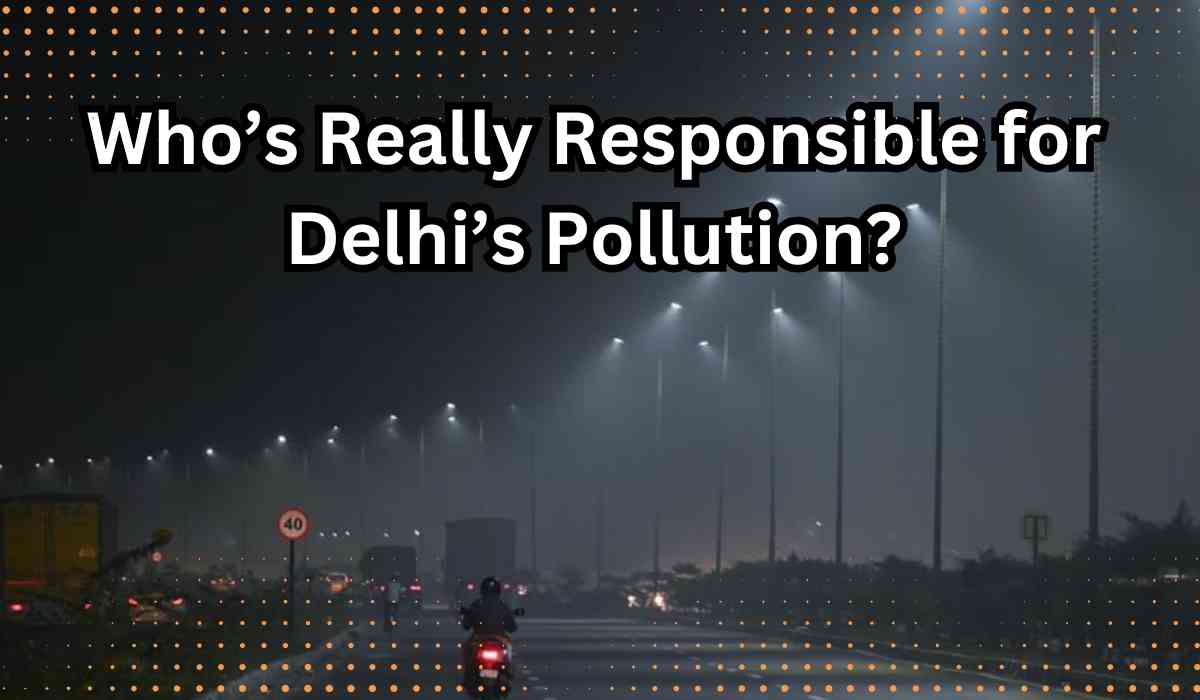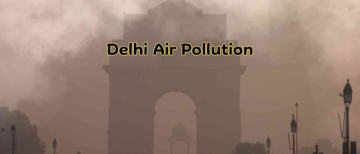The air quality across Delhi and its neighbouring regions remained in the "severe" category on Friday, November 15, as a dense layer of smog enveloped the National Capital Region (NCR), including Noida, Ghaziabad, and Gurugram. With pollution levels soaring, residents grappled with respiratory discomfort, prompting authorities to enforce stringent measures.

GRAP Stage 3
In response to the alarming situation, the Commission for Air Quality Management (CAQM) implemented Stage 3 of the Graded Response Action Plan (GRAP). Under this stage, several restrictions were introduced to mitigate the impact of pollution. These included halting all private construction activities, suspending inter-state buses from NCR states into Delhi, and banning the operation of BS-III petrol and BS-IV diesel vehicles in Delhi and its surrounding areas. Violators face a fine of ₹20,000.
The Delhi government also announced the suspension of physical classes for primary school students, shifting to online education until further notice. Water sprinkling on major roads has been mandated to reduce dust pollution, and mining-related activities remain suspended across the region.
Delhi's AQI
According to the Central Pollution Control Board (CPCB), Delhi's Air Quality Index (AQI) hit a severe high of 460 in areas like Anand Vihar by Thursday afternoon. Out of the city's 39 monitoring stations, 27 reported AQI levels above 400, including hotspots like Jahangirpuri (466), Bawana (460), and Wazirpur (459).

The overall AQI recorded on Friday afternoon was 424, a slight rise from 418 the previous day. Despite efforts, the smog continues to choke the region, with no immediate relief in sight.
Transport Adjustments to Ease Commuting
To manage the fallout of the GRAP restrictions, the Delhi Metro Rail Corporation (DMRC) announced additional services. Starting Friday, 20 extra metro trips on weekdays were added to existing services to accommodate increased demand due to restrictions on private vehicles.

Meanwhile, only electric vehicles, CNG vehicles, and BS-VI diesel buses are permitted to operate within the NCR. Construction activities deemed less polluting, such as plumbing and interior decoration, have been allowed under strict compliance with waste management rules.
Also Read: Toxic Foam Covers Yamuna River Ahead of Winter
The Political Blame Game
As pollution levels soared, political tensions flared. The Bharatiya Janata Party (BJP) criticised Delhi's environment minister, Gopal Rai, demanding his resignation over the deteriorating air quality. Rai, in turn, accused BJP-led states of failing to curb stubble burning, a significant contributor to air pollution.

Satellite data from the Indian Agricultural Research Institute (IARI) revealed 202 active farm fires in Uttar Pradesh, 11 in Haryana, and 5 in Punjab on Thursday, adding to Delhi's pollution woes.
Major Contributors to Pollution
The Centre’s Decision Support System for Air Quality Management identified vehicular emissions as the top contributor, accounting for 12.2% of Delhi's pollution. Stubble burning, industrial emissions, and dust also played a significant role in the capital’s worsening air quality.
With Delhi recording its first severe air quality day of the season earlier this week, the city has been trapped under a thick smog since late October. As authorities and residents brace for prolonged exposure to hazardous air, the effectiveness of GRAP measures remains to be seen.
Also Read: The Diwali Disaster - 99 Indian Cities Recorded ‘Poor’ Air, Delhi AQI 300
With inputs from agencies
Image Source: Multiple agencies
© Copyright 2024. All Rights Reserved Powered by Vygr Media.























